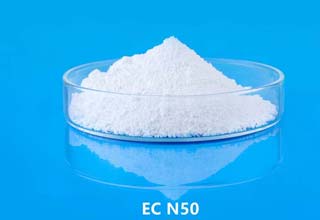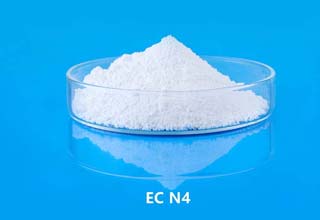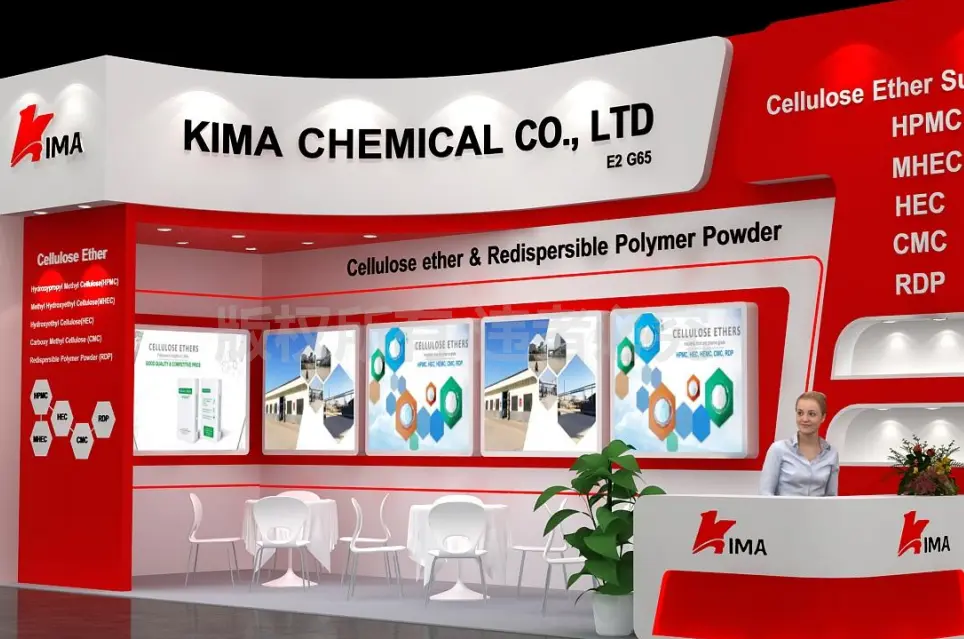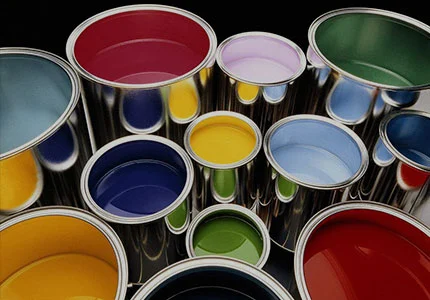KimaCell® EC N20 ethyl cellulose is also called cellulose ether, referred to as EC.
Molecular composition and structural formula: [C6H7O2(OC2H5)x(OH)3-x]n.
Appearance: white to light yellow or light gray fluid powder or granules, odorless, tasteless, non-toxic, thermoplastic for EC with a degree of substitution above 1.5.
Properties: The 5% suspension of EC is neutral to litmus paper; the softening point is 135~155°C, the melting point is 165~185°C, the pseudo specific gravity is 0.3~0.4g/cm3, and the relative density is 1.07~1.18g/cm3 , ignition point: 330-360OC; EC has good stability to light, heat, oxygen and humidity, stable to chemicals, not easy to burn; can withstand strong alkali, dilute acid and salt solution, EC is generally insoluble in water, but soluble in different Non-ionic cellulose ethers in organic solvents, such as alcohols, ethers, ketones, aromatics, halogenated hydrocarbons and other organic solvents; compatible with many celluloses, resins and almost all plasticizers; ethyl cellulose It has low flammability, low hygroscopicity, good electrical properties, and its films and plastics have good mechanical strength and flexibility in a wide temperature range.
 English
English 日本語
日本語 français
français Deutsch
Deutsch Español
Español italiano
italiano русский
русский português
português العربية
العربية Türkçe
Türkçe Nederland
Nederland
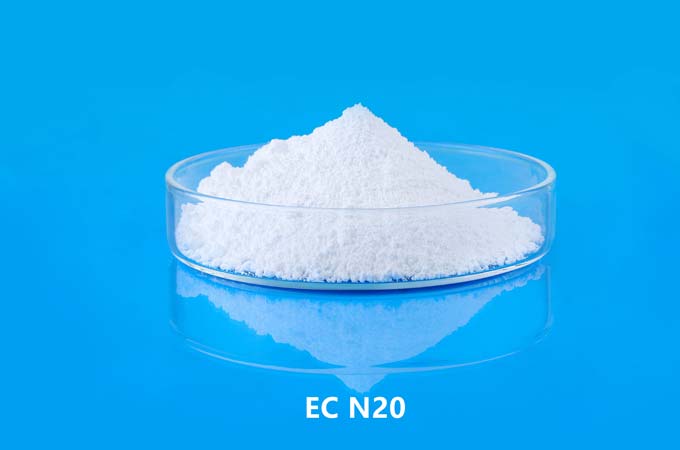
 EC N20 Material Safety Data Sheet
EC N20 Material Safety Data Sheet 